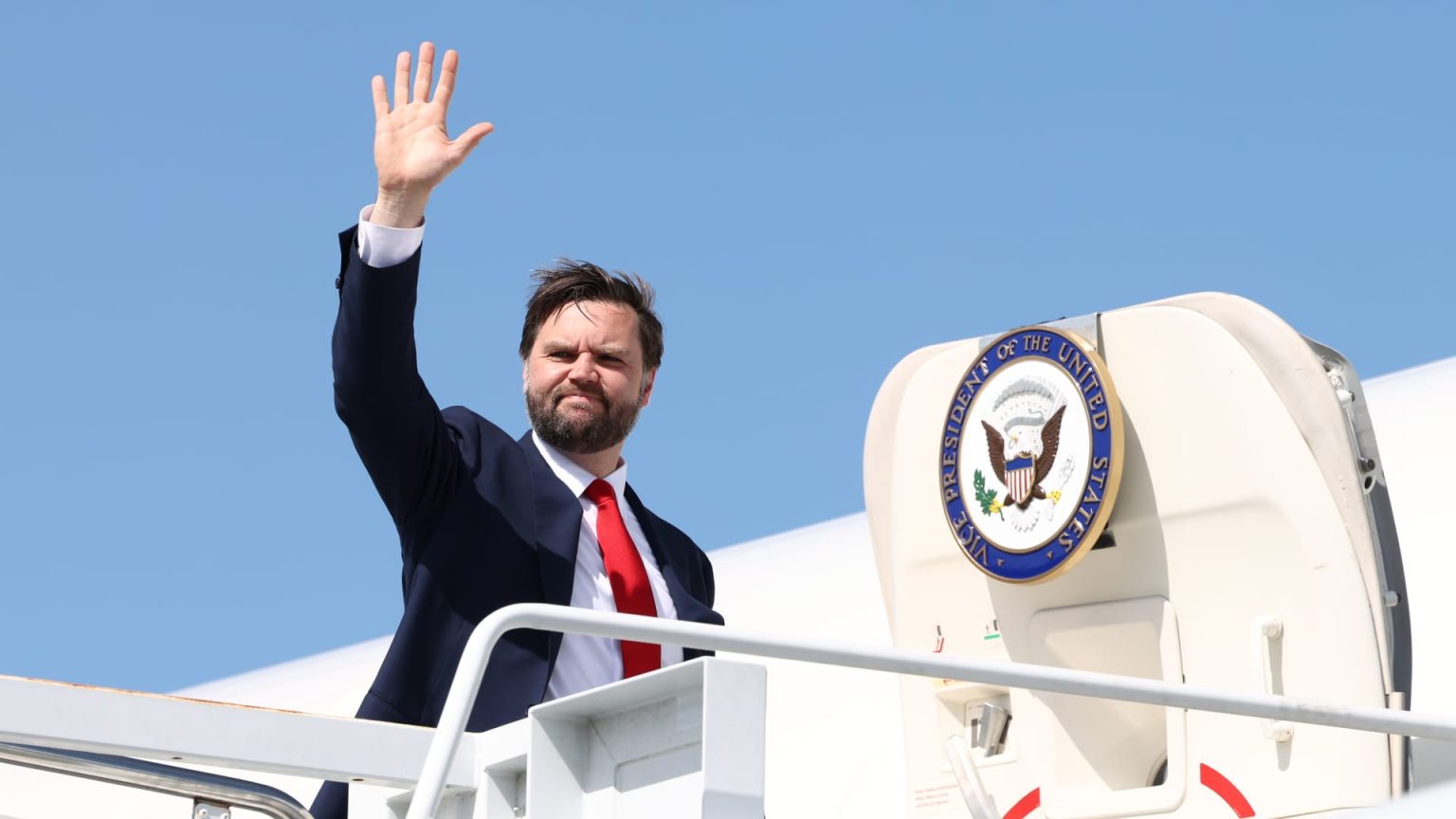U.S. Vice President JD Vance has recently highlighted the bleak outlook for an immediate resolution to the ongoing conflict in Ukraine, emphasizing that Russia’s invasion is unlikely to conclude soon. His remarks, made during an interview, coincide with the signing of a significant minerals deal between the U.S. and Ukraine, which aims to boost economic collaboration and aid Ukraine’s recovery efforts. As negotiations continue, U.S. officials remain cautious yet optimistic about future peace talks.
| Article Subheadings |
|---|
| 1) Vance’s Warnings on Conflict Duration |
| 2) The Minerals Deal: Implications and Expectations |
| 3) U.S. Administration’s Strategy in Ukraine |
| 4) Reactions from Russia and Ukraine’s Positions |
| 5) Future Prospects for Peace Talks |
Vance’s Warnings on Conflict Duration
During an interview, Vice President JD Vance expressed his concerns regarding the protracted conflict in Ukraine. According to Vance, the situation remains dire, and he’s not optimistic about an imminent conclusion. “It’s not going anywhere … it’s not going to end any time soon,” he stated, emphasizing the complexities surrounding the conflict that has persisted for over three years. This sentiment underlines the ongoing instability in the region and points to the need for more in-depth discussions and engagement from all involved parties.
The Minerals Deal: Implications and Expectations
On Wednesday, just days before Vance’s statements, the U.S. and Ukraine finalized a critical minerals deal. This agreement aims to enhance economic collaboration between the two nations and grants the U.S. preferential access to Ukraine’s extensive natural resources, including rare earths and critical minerals. Scott Bessent, U.S. Secretary of the Treasury, heralded the deal as a “historic” agreement that would facilitate joint investments intended to accelerate Ukraine’s economic recovery. The deal represents a significant step in formalizing U.S. support for Ukraine in light of ongoing hostilities.
U.S. Administration’s Strategy in Ukraine
The signing of the minerals deal also highlights the strategic approach taken by the Biden administration to support Ukraine. Since the beginning of the conflict, discussions surrounding an agreement to jointly develop resources have intensified. Even before his inauguration, President Donald Trump identified the potential for such collaborations as a crucial element of American foreign policy, aiming to mitigate the costs associated with U.S. aid to Ukraine during the war. This reflects a broader strategy to solidify partnerships and enhance economic stability in the region.
Reactions from Russia and Ukraine’s Positions
In the context of Vance’s remarks about the ongoing hostilities, reactions from both Ukraine and Russia have been noteworthy. While the Kremlin indicated that President Vladimir Putin is willing to engage in peace talks, U.S. Secretary of State Marco Rubio warned that the U.S. may recalibrate its mediation efforts unless both Russia and Ukraine provide “concrete proposals” toward ending the conflict. The contrasting positions of the involved parties highlight the challenges that remain, as both sides appear to be navigating a complex web of political and military interests.
Future Prospects for Peace Talks
Looking ahead, the potential for peace talks remains uncertain yet remains a topic of ongoing discussion among U.S. officials. While Vice President Vance expressed a certain level of optimism regarding future negotiations, he also cautioned against overconfidence. The path to peace will require significant commitment from both Ukraine and Russia, as they must be willing to take crucial steps toward resolution. This reflects the overarching complexity surrounding the conflict, where diplomacy must be employed alongside military considerations.
| No. | Key Points |
|---|---|
| 1 | Vice President Vance warns that Russia’s invasion of Ukraine will not end soon. |
| 2 | The U.S. and Ukraine have signed a minerals deal for economic collaboration. |
| 3 | U.S. officials are adopting a strategic approach to ensure Ukraine’s recovery. |
| 4 | Russia is open to peace talks, but concrete proposals are required for progress. |
| 5 | Future peace talks face significant challenges and require mutual commitment. |
Summary
The situation in Ukraine continues to evolve, with U.S. Vice President JD Vance emphasizing that the conflict is unlikely to resolve anytime soon, despite recent developments such as the signing of a minerals deal. The U.S. administration’s approach combines strategic economic partnerships with careful diplomatic engagement. As both Russia and Ukraine navigate their positions, the prospect for peace remains fraught with uncertainty and complexity.
Frequently Asked Questions
Question: What is the significance of the minerals deal between the U.S. and Ukraine?
The minerals deal enhances economic collaboration between the two nations, allowing the U.S. preferential access to Ukraine’s natural resources. This agreement aims to support Ukraine’s economic recovery amid the ongoing conflict.
Question: Why does Vice President Vance believe the conflict in Ukraine will continue?
Vance notes that the complexities surrounding the situation make it clear that a resolution is unlikely to occur soon. His comments reflect concerns about the nature of negotiations and the willingness of all parties to engage meaningfully in peace talks.
Question: What is the U.S. administration’s strategy regarding Ukraine?
The U.S. administration aims to support Ukraine through strategic economic partnerships, such as the minerals deal, while also maintaining diplomatic efforts to facilitate peace talks. This multifaceted approach seeks to stabilize the region amidst ongoing hostilities.


